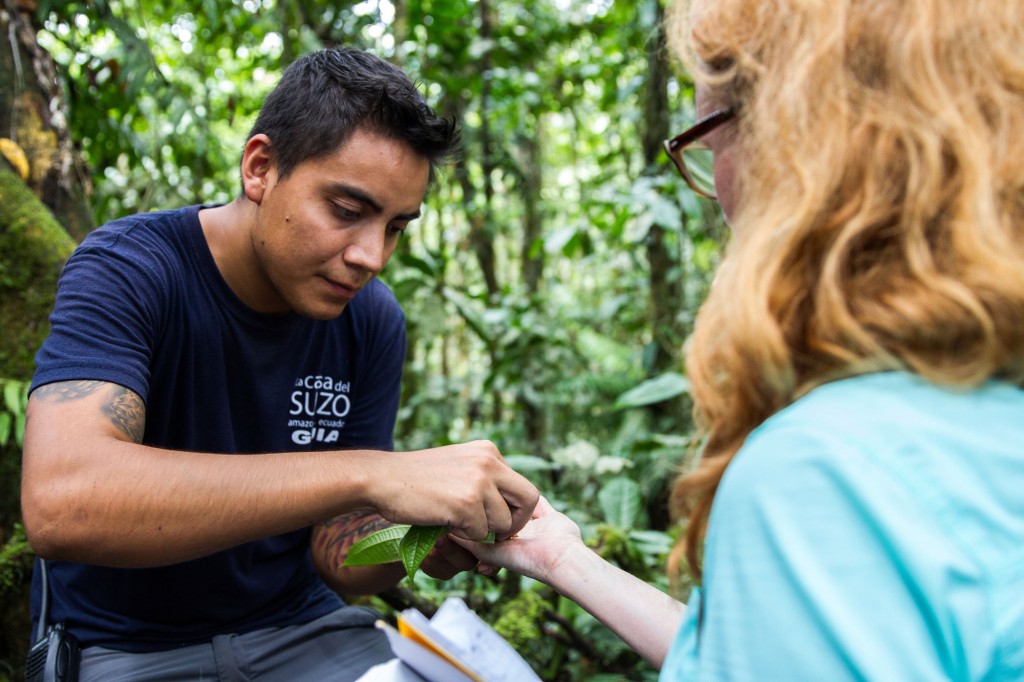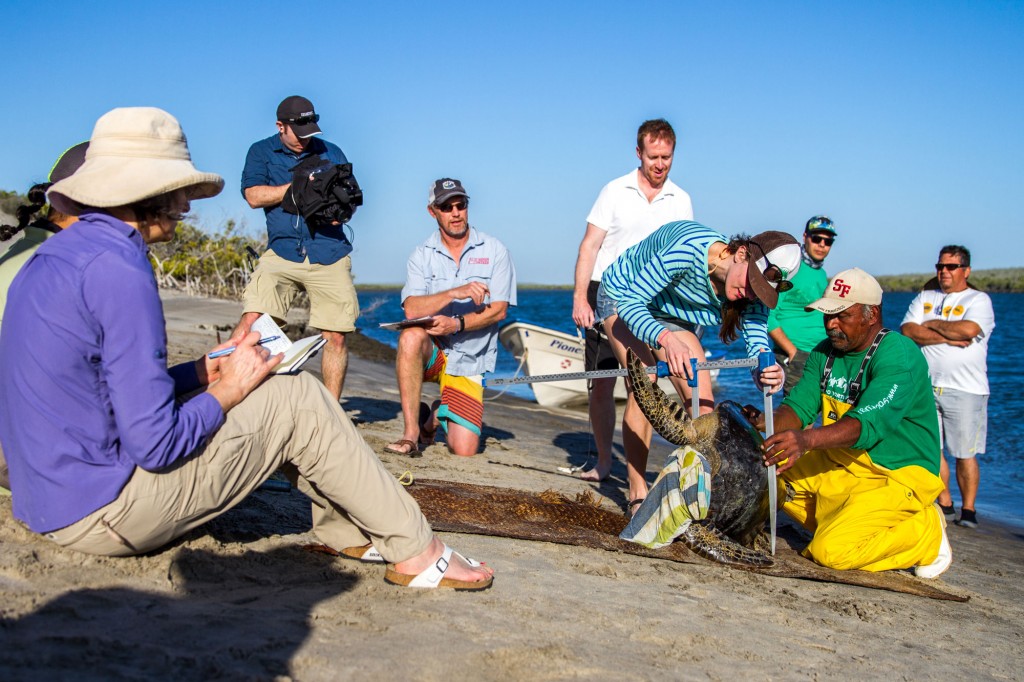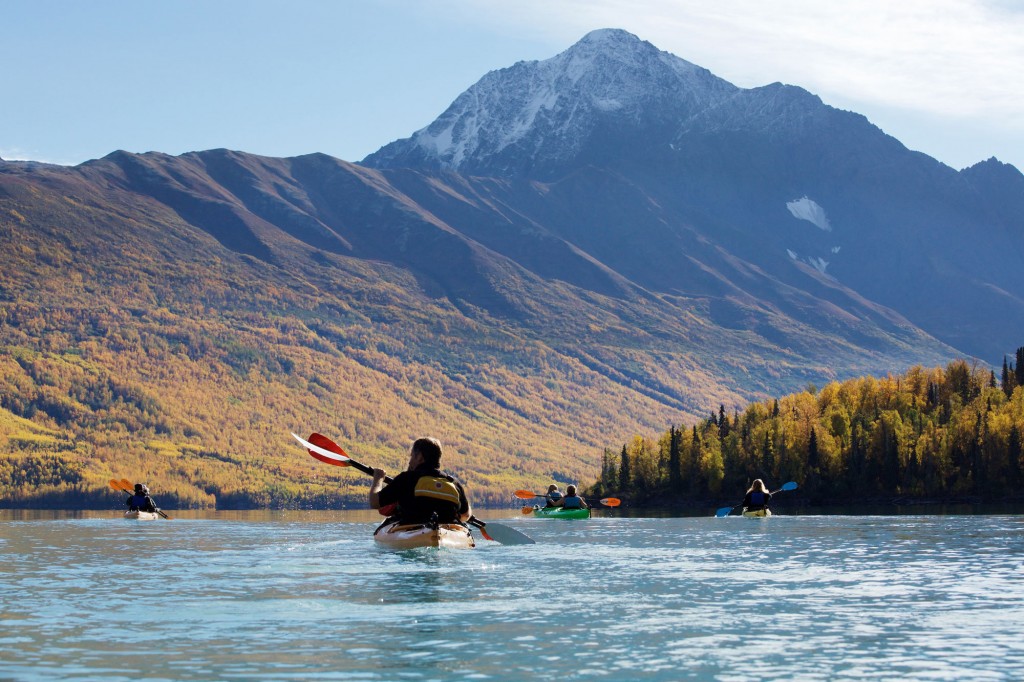Editors Note: As part of our ongoing education on the changing world of media. Adventure Media Advisory Group member Lyn Hughes shares her wisdom on the best practices working with and hosting media on FAM (familiarization) trips.
By Lyn Hughes
Who should you host?
Do your research on which media outlets you would want to be featured in and which writers they use. If you are approached by a travel writer, check them and their work out (search engines are a wonderful tool), understand the angle they are looking for, and what coverage you will receive in return. If you are approached by a freelancer saying they are writing for a newspaper or magazine, don’t be embarrassed to ask for a letter from the commissioning editor. Unfortunately there are plenty of “blaggers” out there - British slang for con artists; people who claim to be something they are not.

What will you get in return?
Note that positive coverage is never guaranteed - that’s the risk you take - and you won’t be able to see what is written or broadcast before it goes out. However, do make sure that you understand the amount and type of coverage you will receive. If the story will be in a paper or magazine, they should be able to give you an idea of the wordcount / number of pages / and what credit you will receive. If it’s running online then check you will receive links back to your site. And check about what social media coverage you will receive too.
Group or individual trip?
It can be tempting (and more cost-effective) to put together a group press trip but this isn’t always effective. Competing media won’t want to travel together; after all they want unique stories. Mixing media with travel trade doesn’t always work either as the media will want to hunt down stories and interview people, not be taken on a minibus tour of hotels. Mixing a writer with clients can work if the trip is short (media usually want to do things in the shortest time!) and if you are confident they won’t disrupt the itinerary. Whichever solution you go for, be prepared to be flexible.
Will they pay for it?
Generally, no... it’s not a holiday. Travel/transport (including international flights where applicable), accommodation and activities should be included, and it is usual to provide most, if not all, meals, and accompanying drinks. Set out in writing what is included and - perhaps more importantly - what is not. To save any embarrassment or surprises it can be worth stating that the following are not included: alcohol (even if it is); laundry; items of a personal nature.

Use your best guide
If not accompanying the media yourself, you need a savvy guide/leader who you trust. They will need to be able to answer everything thrown at them, to only give accurate facts, and to be flexible, personalising the itinerary when appropriate. Having said that, do make sure the media are doing things your clients can do too - you don’t want to disappoint your clients by them having read about an experience they can’t then try themselves.
Ensure connectivity (and time)
Media get obsessed with WiFi, or lack of. Verify where it will be available, and where not, and let the journalist know in advance if possible. Try to ensure it is free to use.
Bear in mind too, that the journalist will need some time to check emails, to type up notes, to do social media, and possibly to file stores while they are with you.

Provide as much information as possible
Provide a detailed itinerary before the trip (and hard copies while on it), which includes names of people they will meet, web links, email addresses and any other pertinent details. After the trip follow up to find out whether they need any other information. And don’t forget the practical details about when to visit and how to book!
(Guide to Working with Online Influencers)
Lyn Hughes is a member of the ATTA’s Adventure Media Advisory Group and is editor-in-chief and co-founder of Wanderlust magazine and website. Founded in 1993, Wanderlust is one of the UK’s most successful travel media brands. Find Lyn at @Wanderlust_Lyn and @wanderlustmag
